
Your 2025 Winter Solstice Workbook is Here!
As the 2025 Winter Solstice deepens the shadows, the universe is giving you permission to pause. We spend so much of the year rushing forward, but this moment, the point of maximum darkness, is your sacred invitation to go inward, clear the slate, and truly listen. The rush of the holidays and the looming new year often prevent us from completing the vital work of letting go and intentional planning. We don't just need a list of resolutions; we need realignment.
Download the free Tarot Ritual Mini-Workbook for Soltice 2025 to help you embrace the deep night and clarify your path forward.

Let’s Fawn, Shall We?
When you hear the word fawning, you might think of giving a pop star your total adulation or flirting with a crush. This kind of fawning is often fun, a benign social exchange. But what happens when that act of adoration becomes a reflex defense—a quick-fire shield against someone else's misbehavior or a habit that actually blocks you from making authentic connections?

The Lies We Know
Lies are an inescapable part of life, but not all untruths are created equal. We easily understand the motive behind lies told for money or to cover a mistake. Far more troubling are the pointless lies—the small, unnecessary untruths that have no obvious goal. These seemingly harmless fabrications are a form of habitual lying that creates a disorienting fog in a relationship.
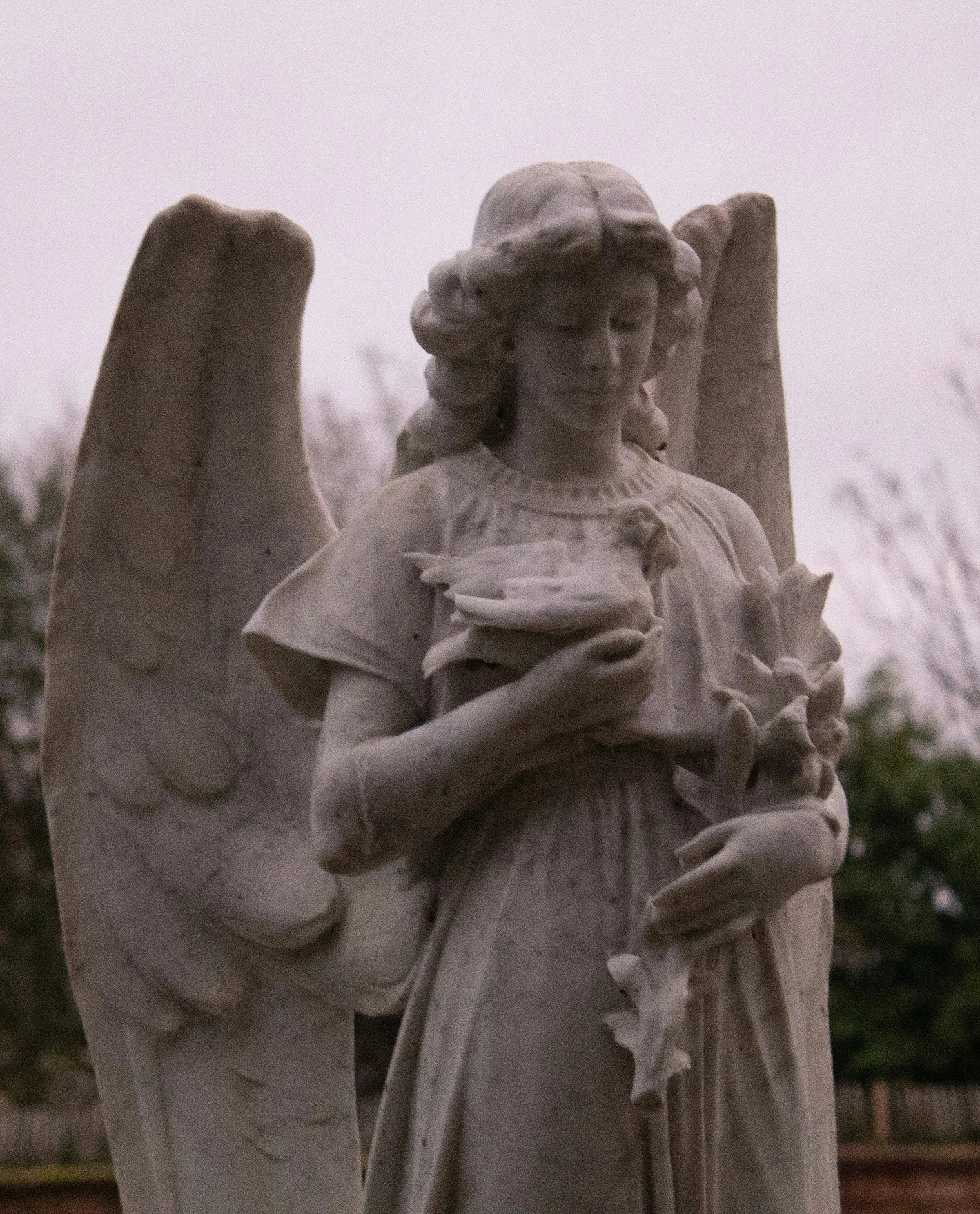
The Sorrow of Healed Wounds
We're often taught that a fully healed wound is a forgotten one, but what about the loss that remains? This isn't a failure to heal or forgive, it’s the sorrow of the wound, a narrative the scar is entitled to tell on its own terms. By allowing our scars to speak, we learn to wear our history as a source of strength and meet life on its own terms.
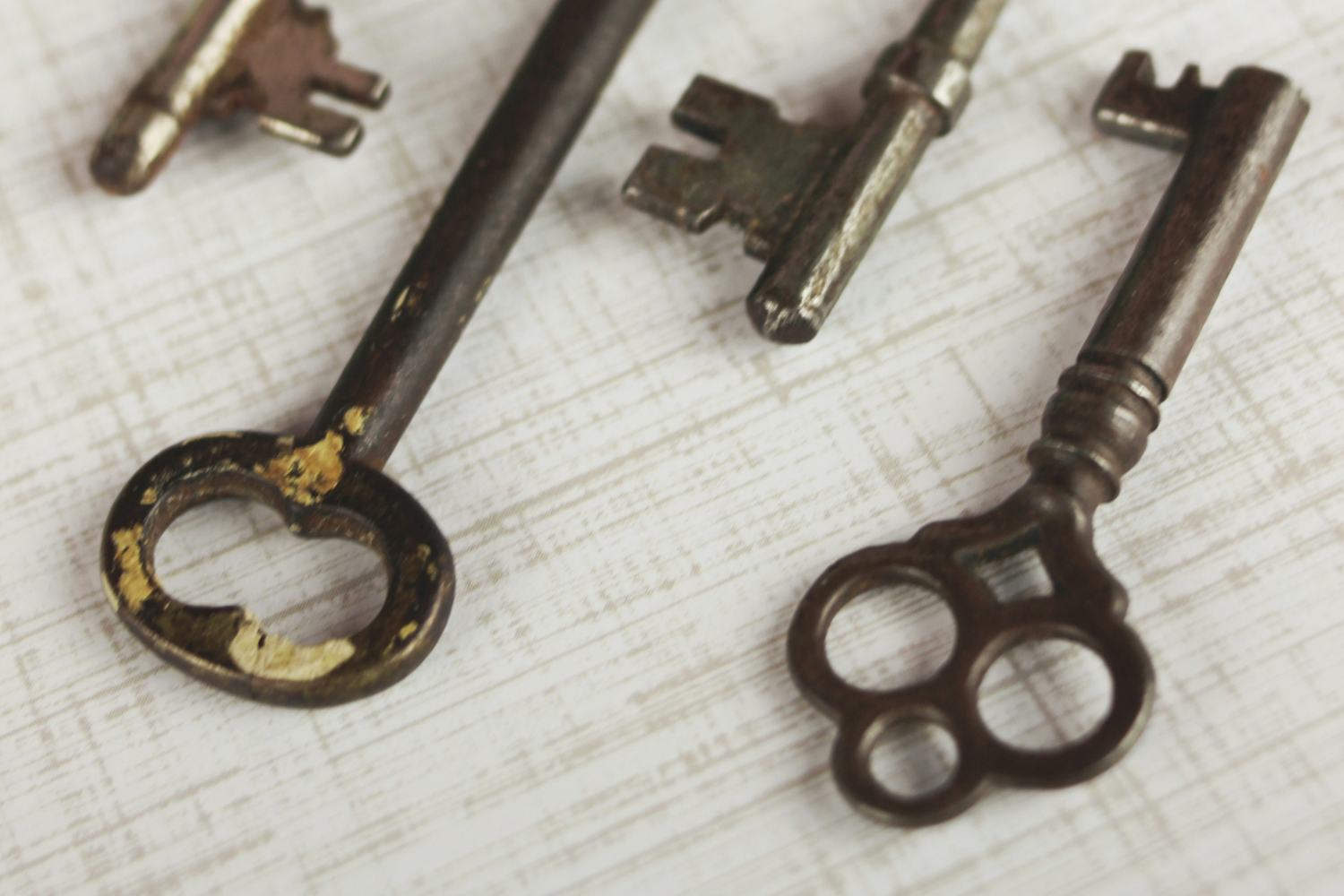
The Hierophant, Commitment, John Trudell, and Using Our Best Flaws
When it comes to the complex and often misunderstood archetype of The Hierophant, it’s easy to focus on the negatives. We see dogma, rigidity, and a stubborn refusal to budge. The Hierophant can seem like a hoarder of knowledge, a gatekeeper standing in a hierarchical structure. But what if those very flaws are also the source of its greatest strengths?
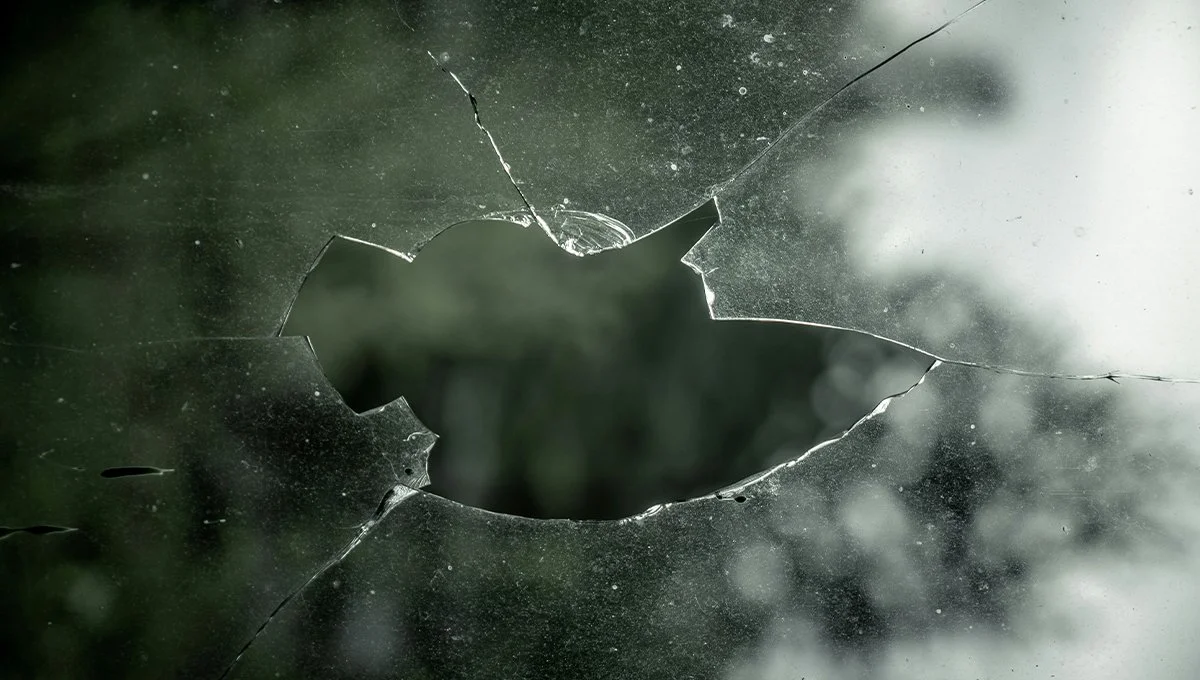
What, Exactly, Is Not My Fault?
Everyone knows child abuse is wrong, so it can feel pointless to say it wasn’t your fault, but that silence leaves us carrying the blame. The reactions we formed under stress become mistaken for personality. We blame ourselves for being “too much,” “too emotional,” “too weak,” when those are trauma responses, not flaws. This article explores how self-blame lingers, how it distorts everyday experiences, and what it looks like to finally put it down.
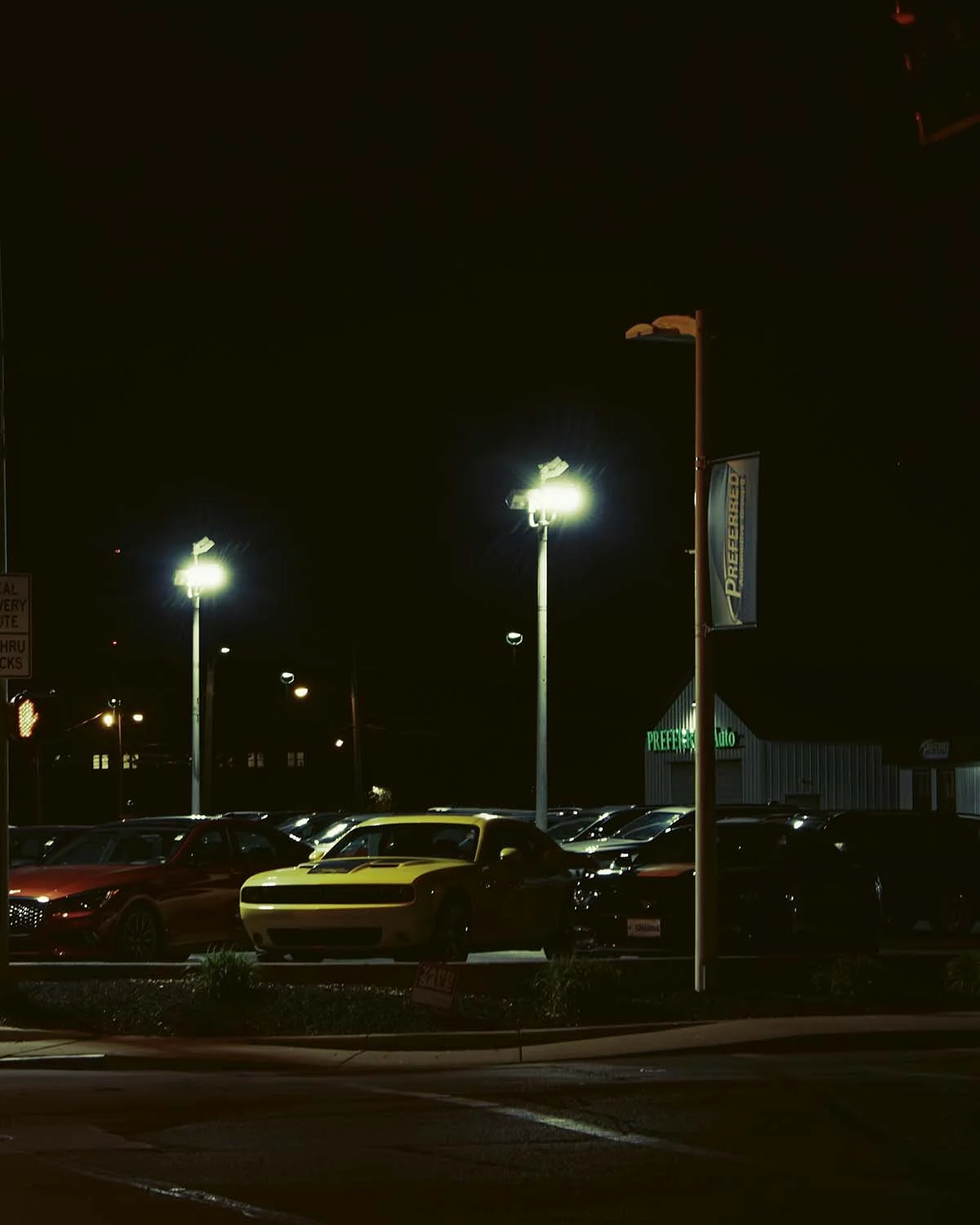
So, You Are Dead. Now What?
The year is 1987, I’m fifteen, it’s autumn, and no one is going to help me, much less save me. One night after the mall closed, I met Daniel in an empty parking lot. He was older, driving a black car that smelled of sandalwood and played The Sisters of Mercy. Instead of danger, what I found in that brief friendship was something quietly life-changing: a kind word, a different way to see the world, and a momentary guide through a dark time.
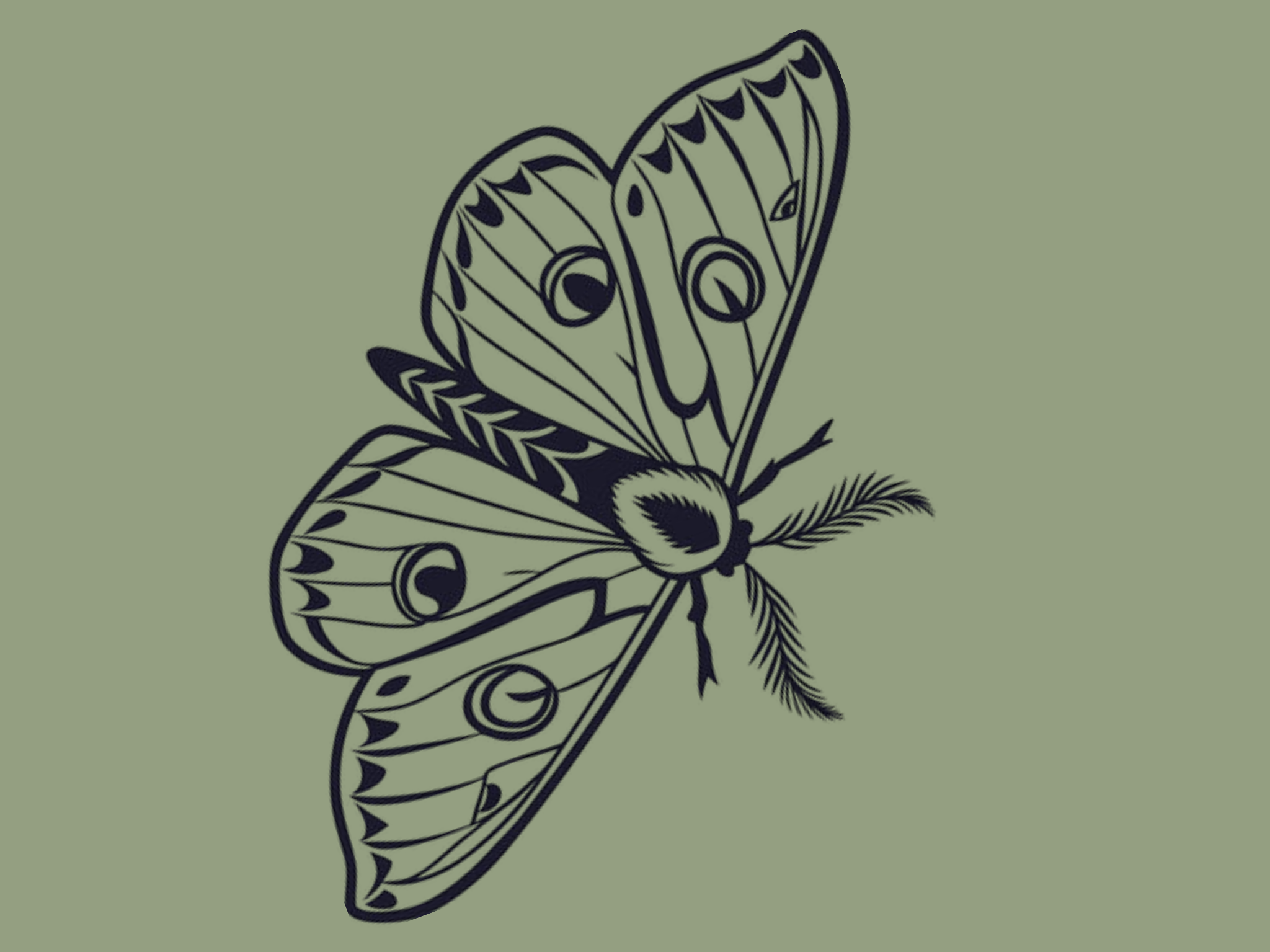
How Did I Get CPTSD, Anyway?
My work helps people disentangle themselves from the effects of trauma. It begins by understanding that CPTSD isn't just from single events, but often from ongoing difficult experiences. This includes things like unstable childhoods, neglect, domestic violence, addiction, bullying, poverty, discrimination, or manipulative relationships. The core issue is a lasting feeling of threat, insecurity, or betrayal.

SCAR
“Honestly, I was in my late forties before I even sat down to consider that I had never sat down to consider how to go about becoming an adult whom I liked and could count on. A single message ran along my nervous system to say you are here, you will always be here. It was my own grounding ritual, pointing toward the soil of the earth, toward the center of gravity.”
-
STRATEGY
Grounded support for real-life decisions.
-
INSPIRATION
Reconnect to meaning, creativity, and inner knowing.
-
PERSPECTIVE
Honest reflection when you need to see more clearly.
